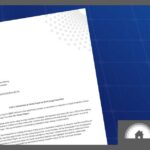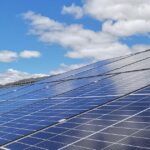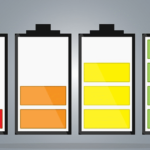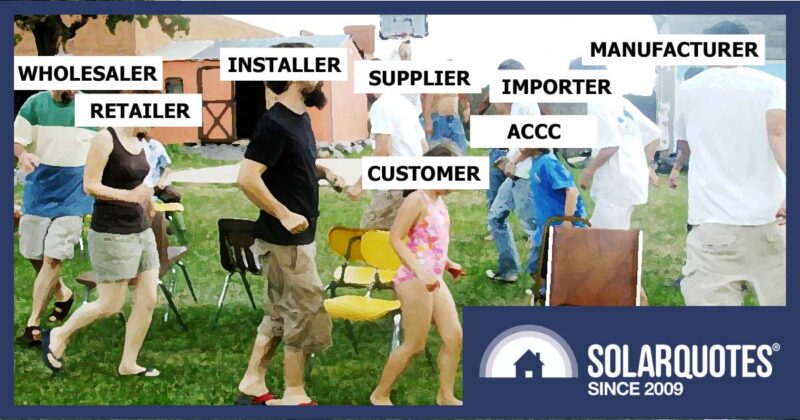South Australian Government Push Ahead With Ill-Conceived Inverter And Smart Meter Rules
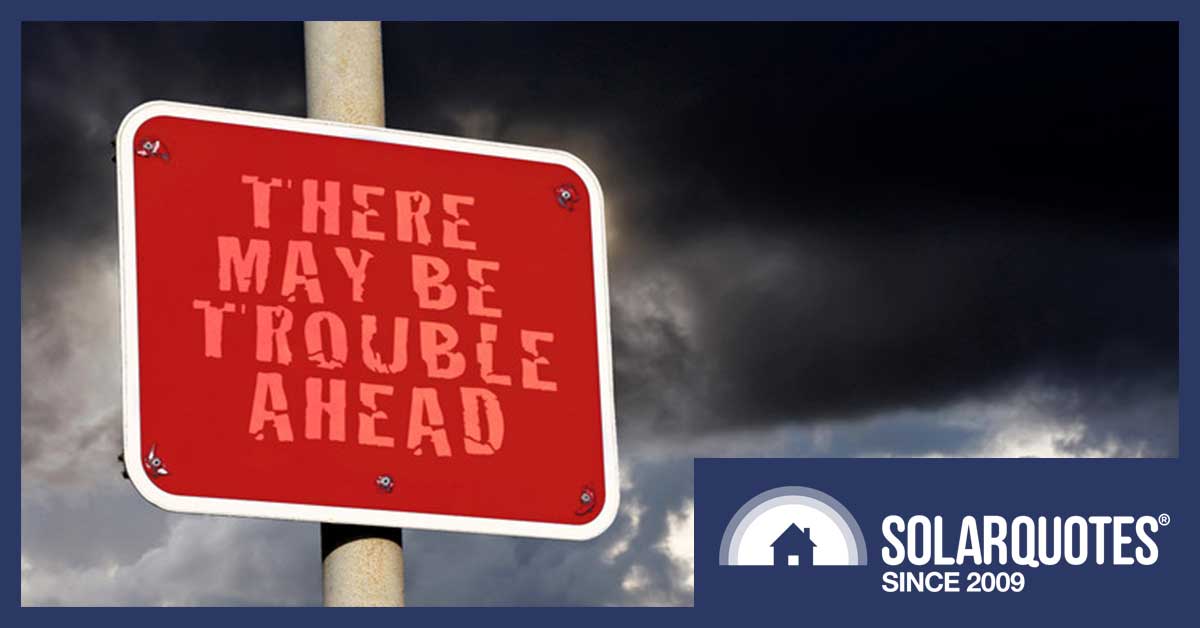
The SA government wants to unilaterally pick technology winners, write inverter standards and architect new grid control schemes. God help us!
This seems to have snuck under the radar: last week, the consultation period for proposed new South Australian smart meter and inverter rules closed and as far as we can tell, even in the renewable energy specialist media it attracted no attention.
The announcement of the consultation is here, and there are three relevant consultation papers (all in PDF):
As far as we can tell, these proposals passed pretty much unnoticed, which is a pity since the consultation period ended July 10.
The government’s reasoning is that we’re heading into another challenging summer for the South Australian grid, so the Department of Energy and Mining wants the three new standards to come into effect from September 2020. That’s right, this year!
CEC: don’t get out of step with the rest of the country
The Clean Energy Council isn’t happy. As CEO Kane Thornton said in a recent newsletter:
“Inverters will need to be retested (and possibly redesigned) and all inverter stock currently held by businesses could become obsolete and worthless in SA from September. At this stage, there are no inverters that have been tested to the new requirements, the final version of which the Australian Energy Market Operator does not propose to publish until July. To make matters worse, obsolete stock might not be usable for replacement under warranty because SA Power Networks prohibits ‘like for like’ replacement unless the inverter meets its current grid connection requirements.”
“At this stage, the best advice we can give small retailers and installers in SA is to run down your inventory, be cautious when buying inverters that do not meet the new requirements and stay in touch with your inverter supplier regarding their plans for redesign (if necessary) and retesting.”
As we mentioned earlier this week and as noted in this media release, the proposals could put South Australia out of step with other states. The media release notes:
“The SA Government is proposing to prematurely force onto the industry its own special and unique requirements for dynamic export limitation, picking technology winners in advance of an Australian Standard or even an industry best practice guideline.”
In the media release, the CEC says adoption of IEEE 2030.5 should be the national objective, rather than South Australia creating its own technical standards.
In an e-mail, the CEC’s Director Distributed Energy Darren Gladman said:
“We question whether dual-element smart meters should be mandatory if a better solution can be achieved using the inverter (or other means). We support a technology-neutral approach to enabling remote curtailment. We don’t think the SA Govt should be dictating the technical solution.”
“Other states are likely to use more advanced technology that utilises the capability of inverters. SA risks taking a retrograde step if they mandate multi-element smart meters when there are better alternatives available,” he added.
Intellihub: use off-peak hot water to soak up excess PV
What might those better alternatives look like? South Australian metering company Intellihub helped out with its suggestions. It endorses the role of smart meters in managing demand. As group CEO Adrian Clark told us, smart meters:
“Are the most cost-efficient, reliable and scalable solution to help manage the risks associated with minimum demand in South Australia”.
Do you remember the era when electric hot water was demonised as an environmental horror because of the amount of power it consumed? In a renewable-powered world, Clark explained to SolarQuotes in an e-mail that South Australia’s roughly 200,000 electric hot water services offer a huge opportunity to help stabilise the grid – if they’re attached to smart meters. Clark’s e-mail said:
“Intellihub analysis indicates that there are approximately 200,000 electric hot water systems across South Australia representing a potential combined demand of 720MW. With intelligent scheduling and staggering enabled by smart meters, these systems can deliver a continuous aggregate demand of 200 to 300MW to help maintain grid stability when solar generation is highest.”
In other words: when solar energy generation is at its peak, rather than curtailing solar panel system outputs, the extra power should be diverted to electric hot water services that are currently served under the outdated “off-peak” model.
Clark’s note pointed out that AEMO puts 450MW as the minimum demand required to keep the grid stable – one of the concerns that led to the departmental proposals is that this minimum demand might not exist after September – so being able to rely on a minimum 200MW demand would solve the problem.
The other aspects of Intellihub’s proposal are:
- Legacy meter replacement at all sites using off-peak hot water;
- All new solar power systems from Q4 2021 should support dynamic export limiting;
- If required, replace legacy meters connected to existing PV with smart meters that support solar disconnect; and
- A consultation with all stakeholders to “develop a set of requirements that sets out functionality, reliability, cybersecurity and scalability to which any solar generation flexible export mechanism must comply”.
Original Source: https://www.solarquotes.com.au/blog/sa-meter-inverter-regulations/





